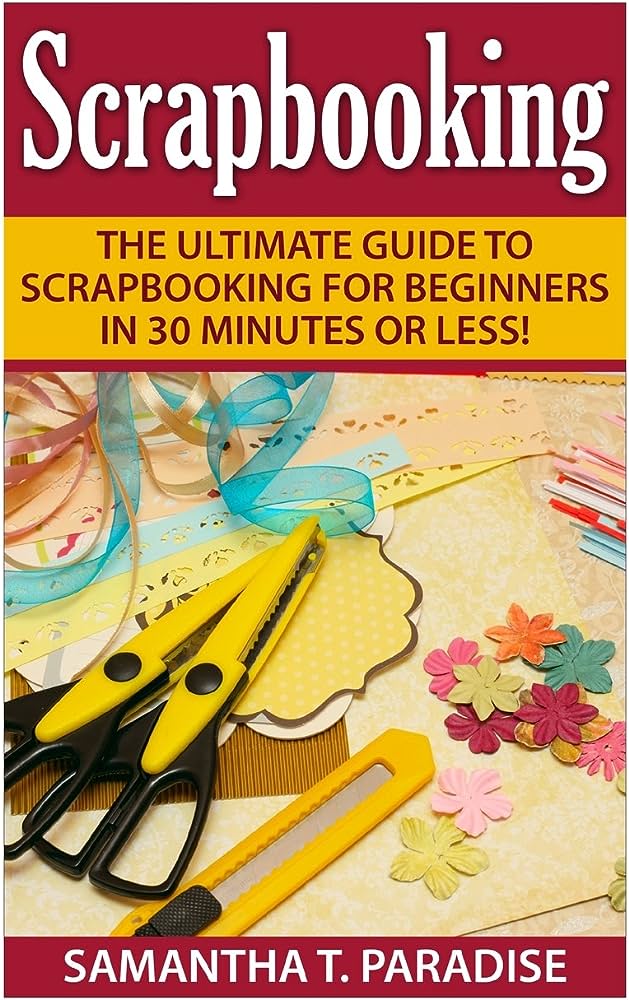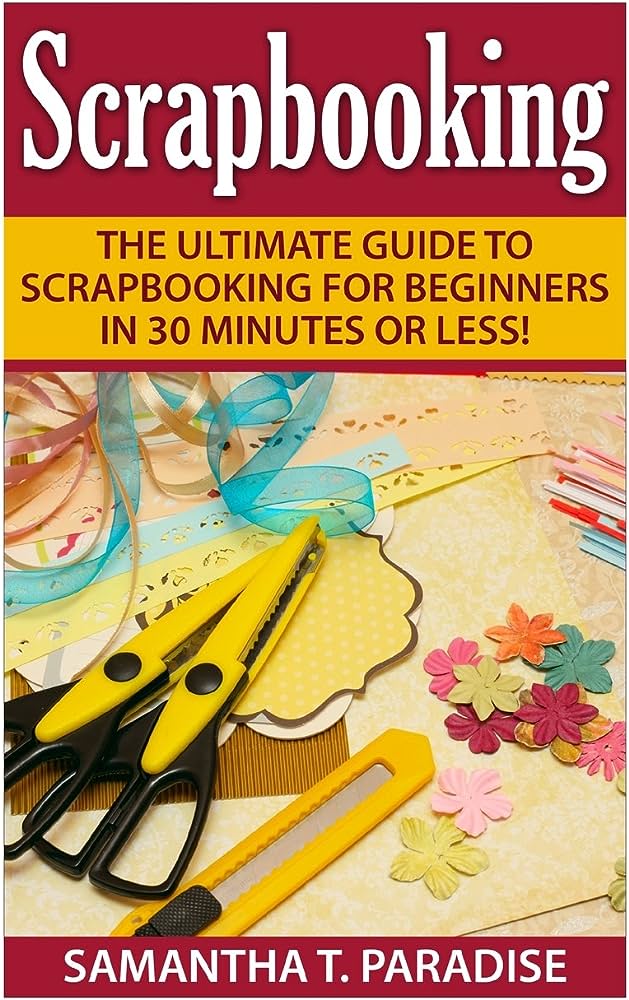If you’ve ever wanted to preserve your memories in a creative and personal way, then scrapbooking might just be the perfect hobby for you. But where do you start? In this article, “Mastering Scrapbooking Tools: A Beginner’s Guide,” we’ll take you through the essential tools that every beginner needs to know. From scissors to adhesive, we’ll explain how each tool contributes to the scrapbooking process, allowing you to unleash your creativity and create beautiful, one-of-a-kind albums that tell your story. So grab your supplies and let’s get started on this exciting journey of scrapbooking!
Essential Scrapbooking Tools: Your Comprehensive Guide to Getting Started
Are you ready to embark on a creative journey through the world of scrapbooking? Whether you’re a seasoned scrapbooker or just starting out, having the right tools in your arsenal can make all the difference in bringing your vision to life. In this comprehensive guide, we will explore the essential scrapbooking tools that every beginner should have. From paper trimmers to heat tools, we’ll delve into the importance of each tool and provide tips on how to choose the right one for your projects.
1. Paper Trimmer
1.1 Types of Paper Trimmers
When it comes to scrapbooking, precision is key. A paper trimmer is a must-have tool that allows you to cut paper and cardstock with accuracy and ease. There are several types of paper trimmers available on the market, each offering its own unique features. Guillotine trimmers, rotary trimmers, and sliding blade trimmers are among the most commonly used options.
1.2 Importance of Paper Trimmer in Scrapbooking
A paper trimmer is an essential tool in scrapbooking as it allows you to achieve clean, straight cuts, ensuring that your pictures and embellishments fit perfectly on your layout. It eliminates the frustration of uneven edges and jagged lines, giving your scrapbook pages a polished and professional look.
1.3 How to Choose the Right Paper Trimmer
When choosing a paper trimmer, consider factors such as the size and weight of the trimmer, its cutting capacity, and the precision it offers. Look for a trimmer with clear measurements and gridlines for accurate cutting and a sturdy build that will withstand frequent use. Additionally, consider whether you prefer a portable trimmer or one that stays in your crafting space.
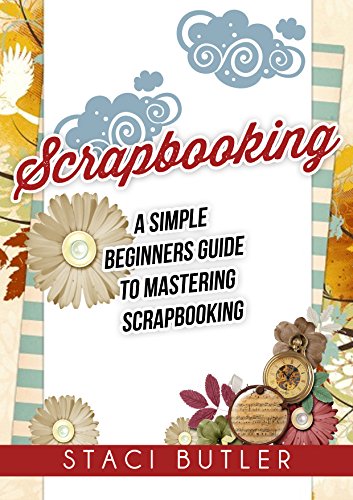
2. Scissors
2.1 Different Types of Scrapbooking Scissors
Scissors are one of the most versatile and widely used tools in scrapbooking. There are various types of scissors available, each designed for specific cutting tasks. Non-stick scissors are ideal for adhesive materials, while detail scissors with a fine tip are perfect for intricate cutting. Curved scissors are great for decorative edges, and craft scissors with patterned blades add a unique touch to your projects.
2.2 Choosing the Right Scissors for the Project
Selecting the right scissors for your scrapbooking project involves considering the type of material you will be cutting and the desired effect you want to achieve. For example, if you’re working with delicate papers or fabrics, opt for precision scissors with a sharp, fine tip. If you’re looking to add decorative edges to your elements, choose scissors with patterned blades that suit your design aesthetic.
2.3 Tips for Proper Scissor Maintenance
To ensure your scissors remain in optimal condition, it’s important to implement proper maintenance techniques. Regularly clean your scissors to remove any adhesive residue or debris that may accumulate on the blades. Additionally, consider sharpening your scissors periodically to keep them cutting smoothly. Store your scissors in a safe and dry place to prevent them from getting damaged or dull.
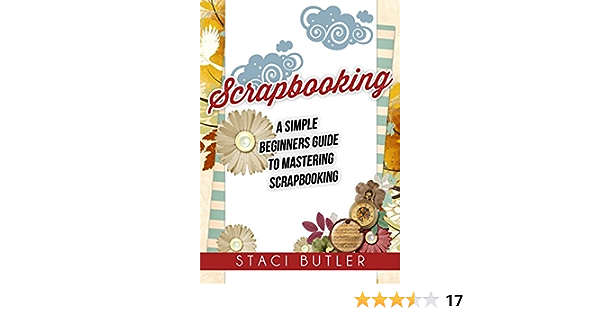
3. Cutting Mat
3.1 Materials and Sizes
A cutting mat provides a protective surface for cutting and measuring while safeguarding your work area. Cutting mats are available in various materials, including self-healing mats, which are commonly used in scrapbooking. They come in different sizes, allowing you to choose one that suits your needs and the available space in your crafting area.
3.2 Benefits of Using a Cutting Mat
Using a cutting mat offers numerous benefits in scrapbooking. It protects your work surface from scratches and cuts, prolonging its lifespan. The self-healing feature of some cutting mats ensures that any cuts made on the mat close up, leaving minimal visible marks. Additionally, cutting mats provide a precise and stable surface for accurate measurements and straight cuts.
3.3 Maintaining and Cleaning the Cutting Mat
To maintain your cutting mat’s performance, clean it regularly using a mild soap and water solution. Gently scrub the mat’s surface with a soft brush or sponge to remove any adhesive residue or paper fibers. Avoid using harsh cleaning agents or abrasive materials that could damage the mat’s surface. Once cleaned, allow the mat to air dry thoroughly before using it again.
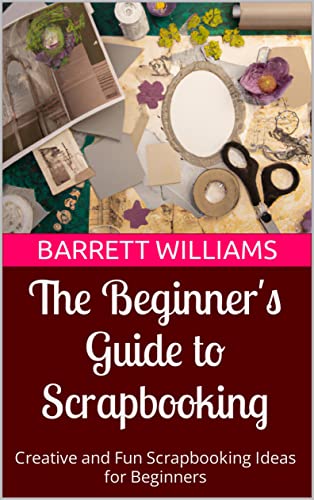
4. Craft Knife
4.1 Types of Craft Knives
A craft knife, also known as an X-ACTO knife, is a versatile tool that allows for intricate and detailed cutting in scrapbooking. There are various types of craft knives available, including retractable knives with replaceable blades and precision knives with a fixed blade. Each type offers its own benefits and is suitable for different cutting tasks.
4.2 Advantages of Using a Craft Knife in Scrapbooking
Craft knives are ideal for precise cutting of intricate designs, creating fine details, and working with delicate materials. They give you the freedom to cut through paper, cardstock, and even thin fabrics with ease. Craft knives are especially useful when fussy cutting or creating custom shapes and letters for your scrapbook pages.
4.3 Safety Tips for Using Craft Knives
When using a craft knife, it’s important to prioritize safety. Always ensure that the blade is sharp to prevent slipping and make clean, precise cuts. Use a cutting mat as a protective surface to avoid damaging your work area. Keep your fingers away from the knife’s path and avoid applying excessive pressure. When not in use, store your craft knife in a safe place, such as a blade cover or a designated storage case.
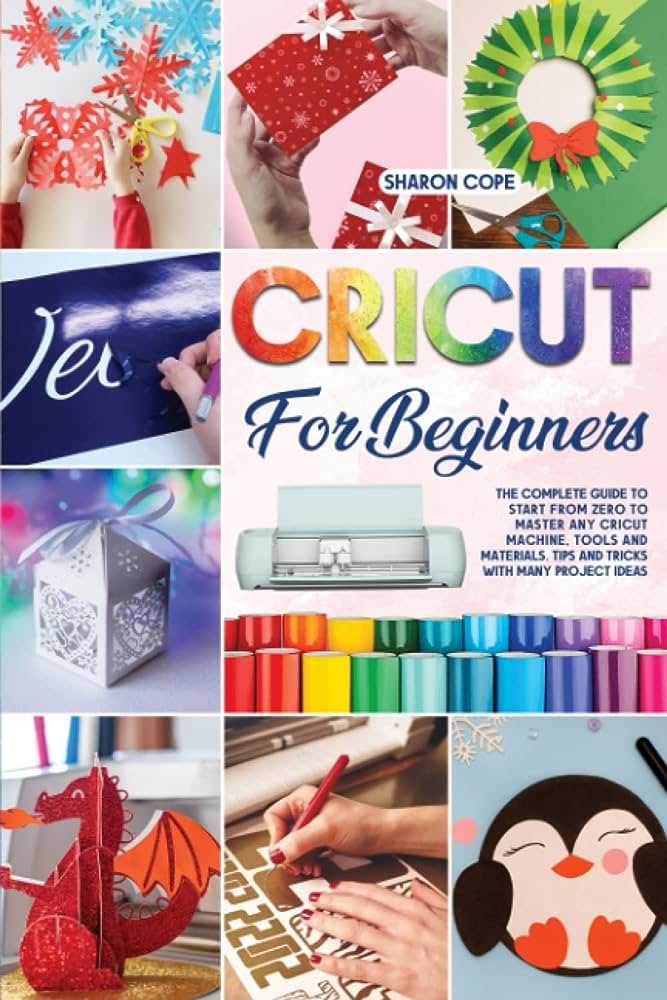
5. Adhesive
5.1 Different Types of Adhesives
Adhesive is a crucial component in any scrapbooking project as it holds your pictures, papers, and embellishments securely in place. There are several types of adhesives available, including tape runners, glue sticks, liquid adhesives, and foam adhesives. Each type serves a specific purpose and offers its own benefits in terms of strength, permanence, and ease of use.
5.2 Choosing the Right Adhesive for Scrapbooking
When selecting an adhesive for your scrapbooking needs, consider factors such as the type of material you’re adhering, the level of permanence required, and your personal preference for application. Tape runners are great for lightweight papers, while liquid adhesives provide strong bonding for heavier embellishments. Foam adhesives are ideal for adding dimension to your projects.
5.3 Proper Adhesive Application Techniques
To ensure successful adhesion in your scrapbook projects, apply adhesive sparingly and evenly. Avoid using too much adhesive, as it can lead to warping or wrinkling of your papers. When adhering delicate or lightweight elements, use a gentle dabbing motion to prevent damage. And remember, if you make a mistake, don’t panic! Many adhesives allow for repositioning, giving you a chance to fix any errors.
